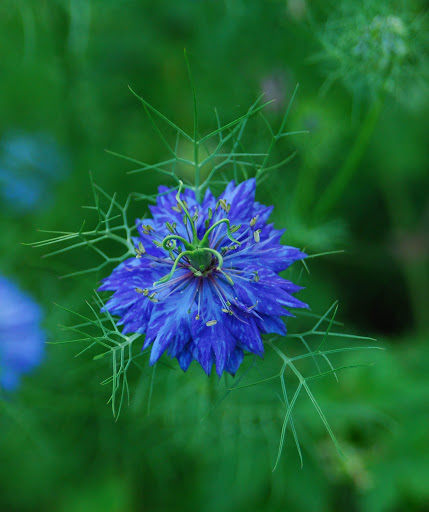A garden is a fantasy land for children, running and hiding amongst all the foliage and color, screaming and laughing, playing til exhaustion like any child should. Another fun way to show and include them in the magic and creativity that can come from plants is something as simple as taking interesting seed heads that can be used as stamps. By taking a number of different dried flower heads for size, we used dried Poppy heads, specifically Papaver commutatum and P. sommniferum, and then mixed them with watercolors (used thickly). The designs can be used for a number of things. Cards were made using a play on flower motifs, from garden, to cut bouquet, to vase which were soon sent off by mail to friends. An activity like this is one more way to engage children in the beauty of the garden. May induce fits of giggles…. – James





You must be logged in to post a comment.